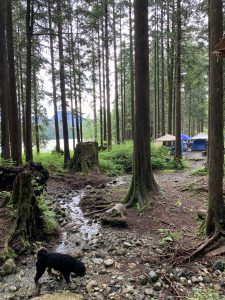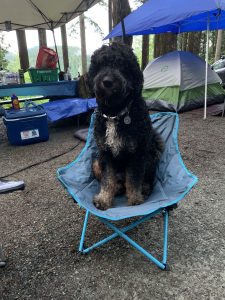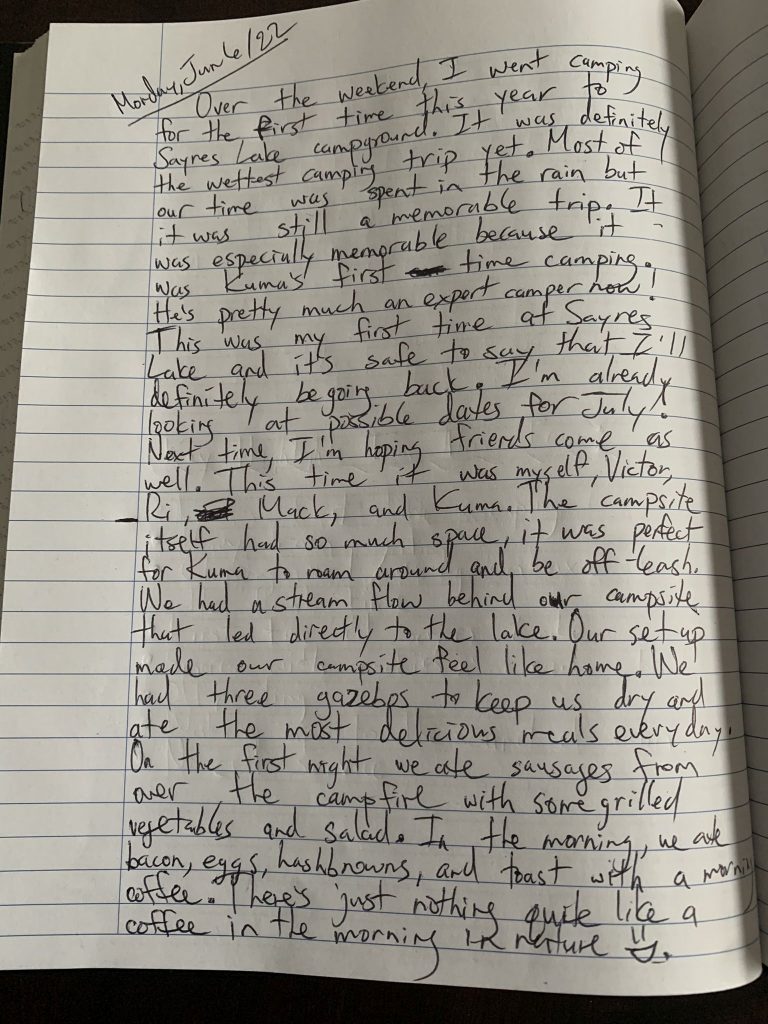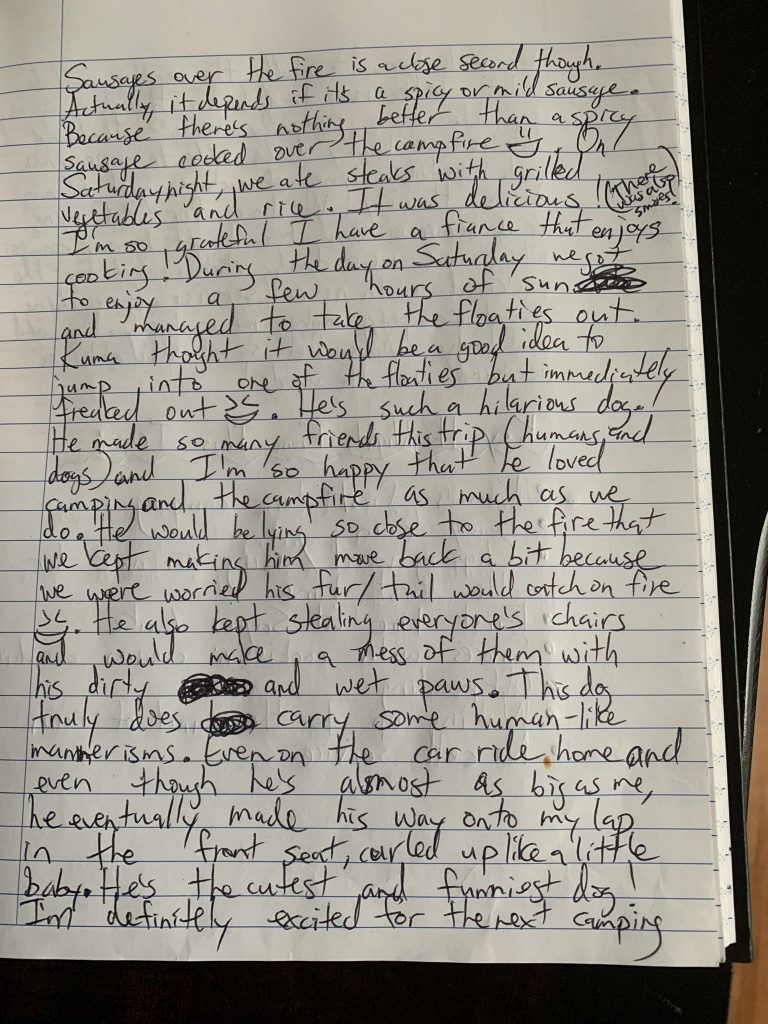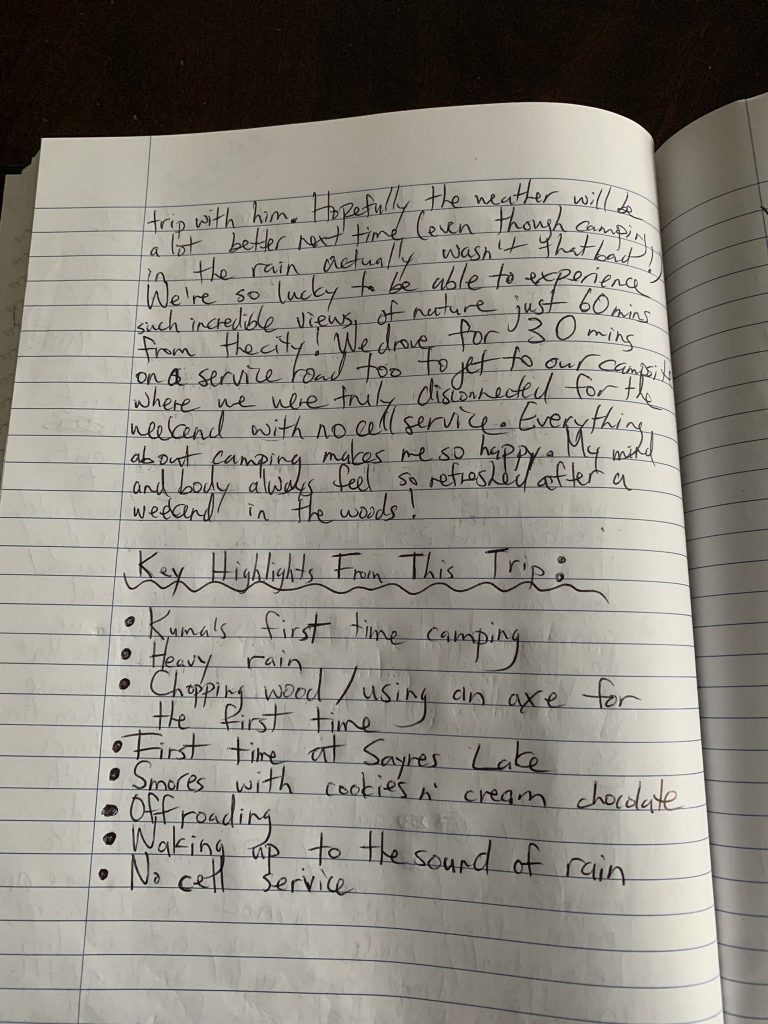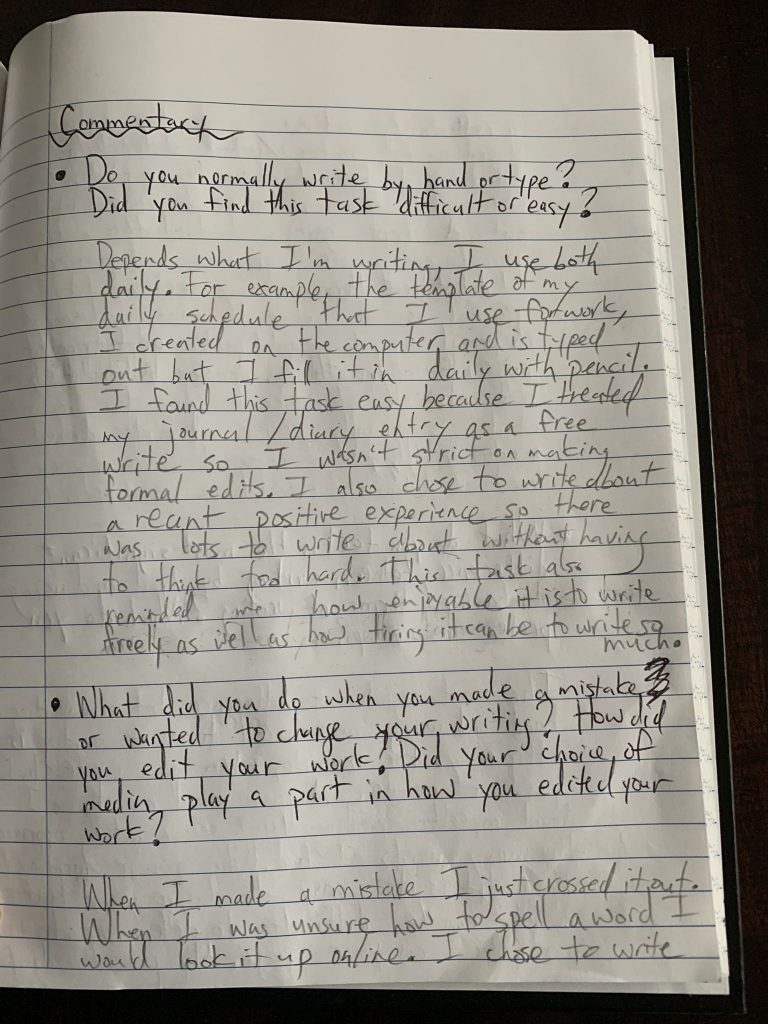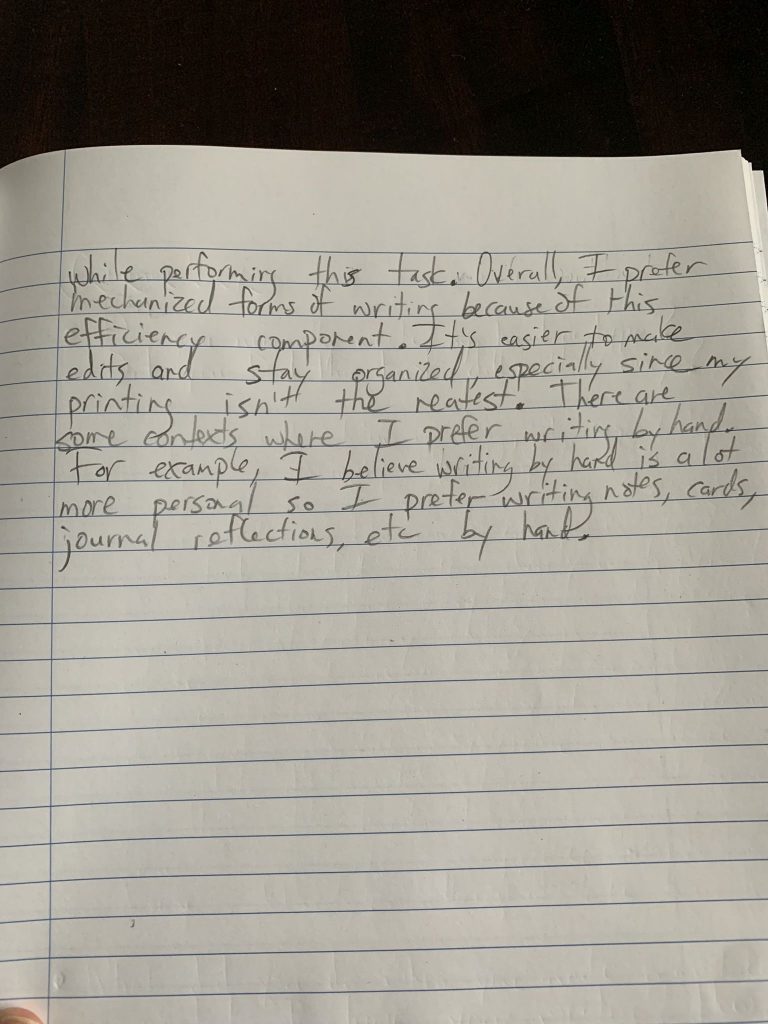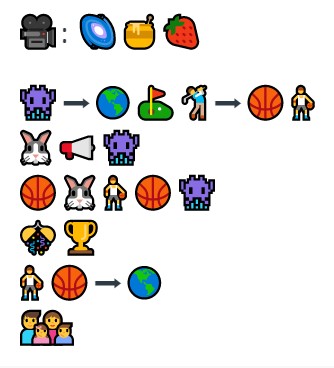
For this task, I chose to use the last movie I watched and I focused on words and ideas to convey messages about the movie. I didn’t rely on or even think about syllables when conducting my plot using emojis. I did not start with the title because I found it difficult to find emojis on the keyboard I used (https://emojikeyboard.io/) to accurately represent the title so I ended up developing the title last. I ended up using emojis that best fit its name given the available emojis. During this time, I challenged myself to not switch the keyboard to a more diversified one or my movie up to choose one that I could more accurately represent with emojis. This made the task quite challenging for me as I filtered through each emoji page many times before deciding on the most accurate title and plot. According to Kress, modes of representation influence the meaning behind messages and it is important for educators to engage with the affordances of new media (2005). In conducting my movie emoji plot, I was mindful of the different meanings each emoji could convey to different people and therefore, tried my best to stick to the basics by not using too many emojis and by being strategic in the chosen emojis that would most clearly communicate the plot. In addition, the placement of the emojis made a difference in the message I was trying to convey. If I wrote the plot as a continuous emoji train, the message would convey an even more diverse set of meanings. Furthermore, the plot length for this task was open-ended which also played a role in my decision to not overuse emojis in my plot.
In addition, Kress also makes a good point that, “aptness of mode and what is represented is not the only issue, equally significant now is the aptness of fit between mode and audience” (2005, p. 19). This led me to reflect upon the varying emoji keyboards that exist in new media today and how they consistently get updated to more accurately reflect the society we live in.
This task also had me thinking about how educators can use every day new media like emojis in the classroom as a means for learning and communication. I haven’t tried implementing emojis in any way in my classroom but I believe it has potential for more connected and engaged learning for students. Emojis serve as a non-verbal means of communication which could be beneficial especially in diverse learning communities.
